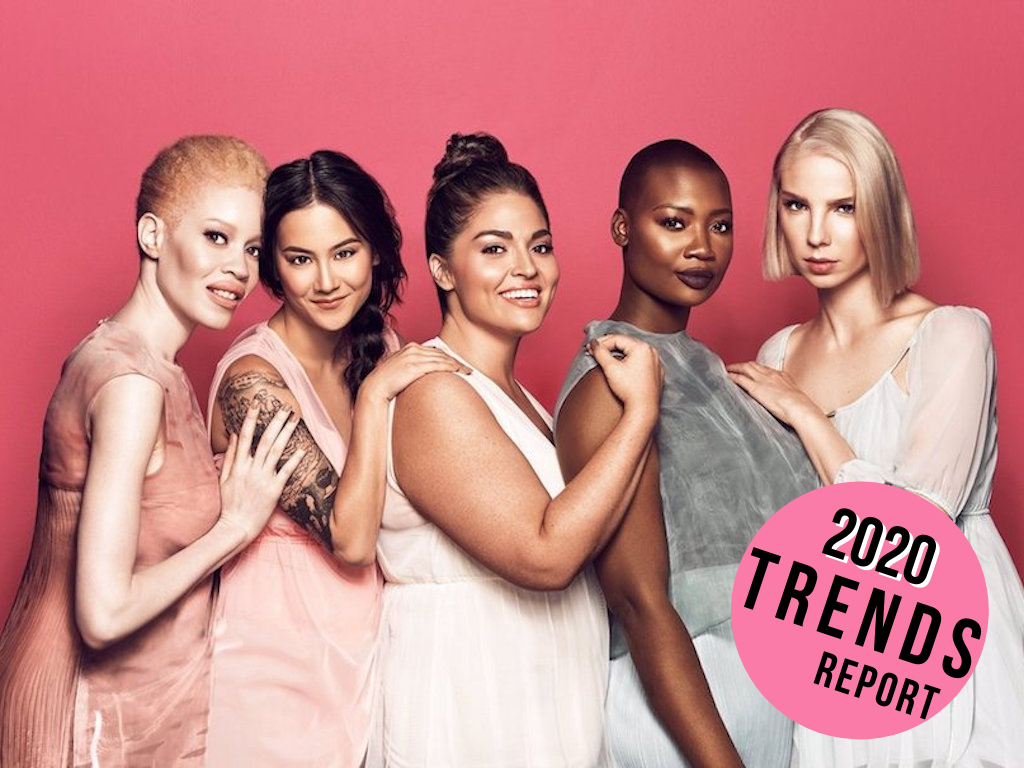2 Mins Read
To all you brands managers out there – diversity is going to be the ultimate keyword this year. Across the board, we’re seeing brands launching fashion, beauty, skincare, makeup and personal care products that take into account inclusivity. Gone are the days where labels only stock size 0 to 6 and foundation comes in about 6 shades total. Whether it is about size, colour, gender, sexuality, age and identity, brands have to be inclusive in their communication, visual marketing and merchandising if they are to stay relevant.
We’re now living in an era of makeup collections with over 40 colours – think the incredible success of Rihanna’s Fenty Beauty line, which has been applauded for the new dozens-long list of foundation shade standard, demonstrating that consumers want and are demanding more. Companies that exhibit their products with models who look different – in size, skin tone, age, personality and non-binary gender attributes – are gaining traction more than ever. Take clothing brands such as Universal Standard, for example, who have launched with their entire mission centred on offering a wide range of sizes for women of every body type. Even fast fashion long-timer Old Navy’s online website lets users browse through collections by swapping out clothes on different models with varied sizes and figures. Fitness giant Nike recently debuted a video ad showcasing matured athletes donning the brand’s new collection.
What this all shows is that businesses in the fashion and beauty industry have to embrace inclusion like never before – and they will this year, because inclusion has shown itself to be oh so profitable. Much of this is driven by the younger generation of consumers, so-called millennials and Gen Zers, who at the heart of their shopping decisions, who value authenticity above all else. This demographic of consumers will outnumber baby boomers in less than a decade, so companies must respond now. Long gone are the days that brands can market their products by building a brand image based on a narrowly perceived concept of beauty that privileged thin, white, cisgender and able-bodied people.
Although marketing and visual comms based on exclusion rather than inclusivity will still exist, 2020 will for sure see brands innovate their strategy in realisation that if they won’t, they’re failing to capitalise on a major portion of the consumer base who are willing to pay a premium for products they feel are dedicated to the “real” and normal shopper, regardless of their differences. Inclusivity will be the metric that shoppers will base their decisions on from clothes to makeup, so it’ll take over the space this year across industry’s product lines.
Lead image courtesy of Wet n Wild.




